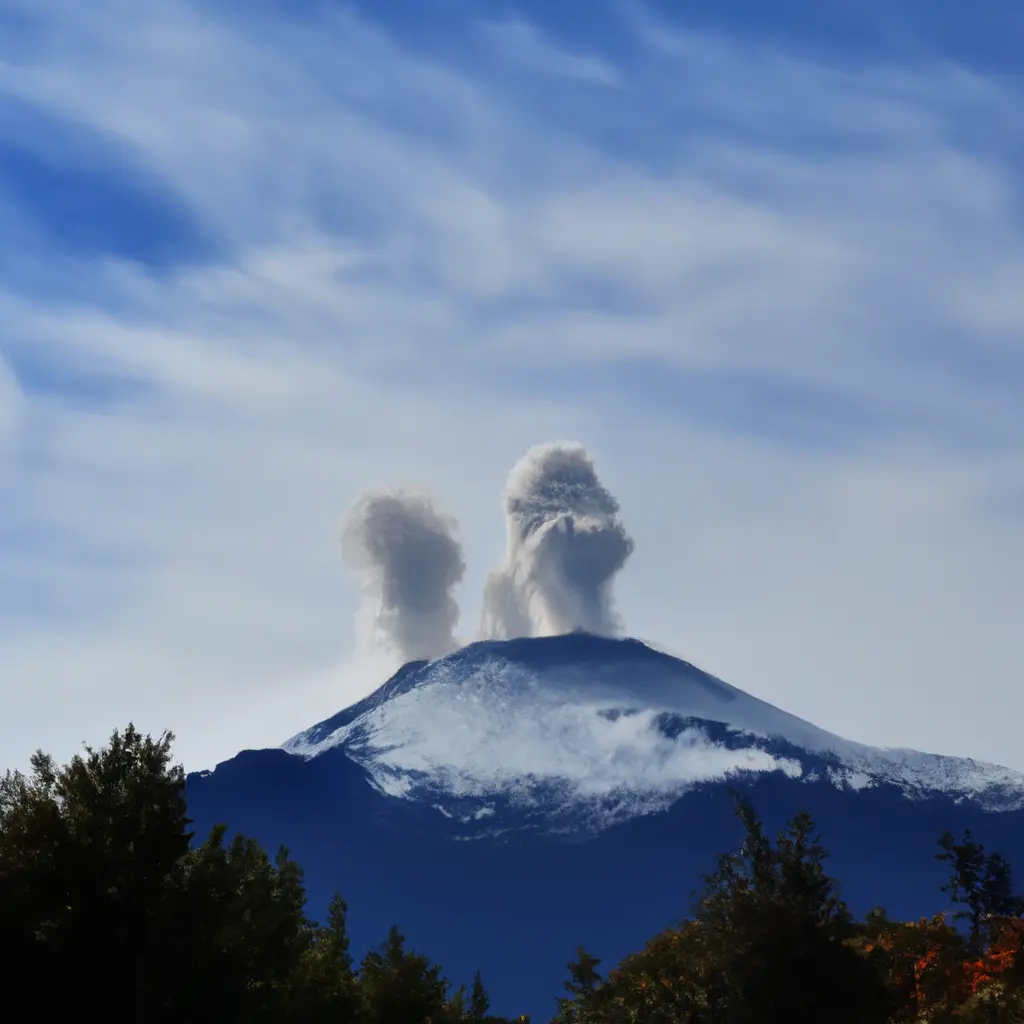Changing wine trends in Sicily

When you visit the Italian island of Sicily, you will encounter unexpected aspects of life and culture. Among them, you may discover that locals strongly dislike the use of seat belts, trains are regularly ferried across the Strait of Messina, and other ricotta-based desserts can truly rival cannoli. The red Mediterranean tuna caught off the coast of Sicily is so delicious and valuable that much of it is exported to Japan. Historically, the island lacks rosé wine production, but the Sicilian wine scene is so vibrant that a grape you probably haven't heard of has become the latest discovery. Wine lovers from outside Sicily are probably familiar with the red grape Frappato or the white grapes Catarratto or Grillo. Less well known are wines made from the red grape Perricone or the white grape Zibibbo. Although these grapes have been grown and harvested for centuries in Sicily, they are now receiving more marketing and winemaking attention. Reasons include an improvement in the overall quality of the wines they produce. Perricone, for example, can be better tamed with modern winemaking techniques than was possible decades ago. For international grape varieties, the Sicilian scene is particularly well-suited to growing great high quality wines - both mono-varietal and blended - the Syrah variety.
Perricone
At the end of the 19th century, Perricone (Pignatello) grapes grew thickly in vineyards outside the city of Palermo in Sicily. The wine was exported to the European continent and became a favorite of Enrico d'Orléans, son of a French king, who in the mid-19th century purchased a 23 square mile (6,000 hectare) estate called Zucco outside Palermo and produced wine that included Perricone. The grape is sometimes compared to Barbera because of its earthy flavors and high acidity. The producer I spoke with said that this grape, which grows in western Sicily, is difficult to grow because it ripens late in late September or early October, when the risk of fall rain at harvest increases. This powerful and tannic wine has historically been difficult to sell in bulk because it tends to change the characteristics of the dominant grape with which it was blended.
Zibibbo
Zibibbo is also known as Muscat of Alexandria because the grape apparently originates near this Egyptian city. It includes abundant organic compounds called terpenes that give it intense flavors. During my trip this year, I tasted both classic and new wines from all over the island.
The landscape around the city of Palermo
The landscape around the city of Palermo is remarkably mountainous and often sparsely populated. Imagine the Stellenbosch in South Africa mixed with the Italian foothills of Piemonte; the hills of Wicklow in Ireland meeting the Spanish vineyards of Tenerife; Paso Robles in California crossing the eastern approach to Spain's San Sebastian; and the highway tunnels of Madeira in Portugal rolling into the southern foothills of Italy's Alps in the Valle D'Aosta. The role includes the rolling hills of the Di Lorenzo Feudo Disiza family estate, bought almost 150 years ago as a farm that kept cows and sheep and produced olives. 'We believe in Perricone,' said co-owner Mario Di Lorenzo when we spoke. 'Although production is limited.
Feudo Disiza. Granmassenti Perricone. DOC Montreal. 2020. 93 points.
Hard red Perricone grapes produce this wine with slightly wild flavors including Oreo, cocoa and black cherries with notes of balsamic. On the palate, medium palate flavors include Malta balls, red cherries, pears and a touch of ginger on the finish. A unique wine named after a legendary pile of money found in a cave, from which the explorer could only emerge after leaving all the treasure behind.
Firriato
Firriato - that's 'enclosure' - owns vineyards on Mount Etna in eastern Sicily, as well as in Trapani in the west and on the island of Favignana on the west coast of Sicily. Firriato also operates resort facilities on some of its agricultural estates. The family-owned company, founded by Salvatore Di Gaetano, operates organically certified vineyards on six estates.
Firriato. Favinia La Muchiara Bianco. IGT Terre Sicilianae. 2020. 92 points.
A 60/20/20 blend of Zibibbo/Catarratto/Grillo from the island where the famous red tuna is caught. The harvest is harvested by hand and then brought to the mainland by boat. Usually the vines on this island die after eight to ten years due to the salinity of the soil.

Firriato. Cavanera. Rovo Delle Coturnier. DOC Etna Rosso. 2018. 94 points.
Wine made from Nerello Mascalese grapes from vineyards that are at least 90 years old. Aromas with intense scents of black pepper and licorice. Aged up to one year in tonneau barrels. Flavors include olives, licorice, red plums, black and white pepper. Tannin mid-palate and a fruity finish.
Firriato. Harmonium. Nero D'Avola. DOC Sicily. 2018. 94 points.
Made with grapes from three different vineyards. Lively aromas of red fruit and smoke, along with black pepper, red cherries and a touch of licorice. On the palate, the flavors are textured and include chocolate and red fruit. The first sip will have you salivating and asking for more.
Firriato. Ribeca Perricone. DOC Sicily. 2018. 95 points.
From Perricone grapes aged for a year in French oak. Complex aromas of light red fruits, including raspberry, as well as smoke and tobacco. Some sharp attack, followed by licorice and plum in the mid-palate and cocoa on the finish.
Firriato. Lecru Passito. IGT Terre Sicilianae. 2020. 94 points.
A sweet wine made from 100% Zibibbo grapes. Deep and complex with aromas of apricot and honey, almond, orange peel and marmalade. Rich and textural mid-palate that includes flavors of lapsang souchong tea. Bright acidity will allow this wine to persist for decades.
Comment
Popular Posts
Popular Offers

Subscribe to the newsletter from Hatamatata.com!
Subscribe to the newsletter from Hatamatata.com!
I agree to the processing of personal data and confidentiality rules of Hatamatata













